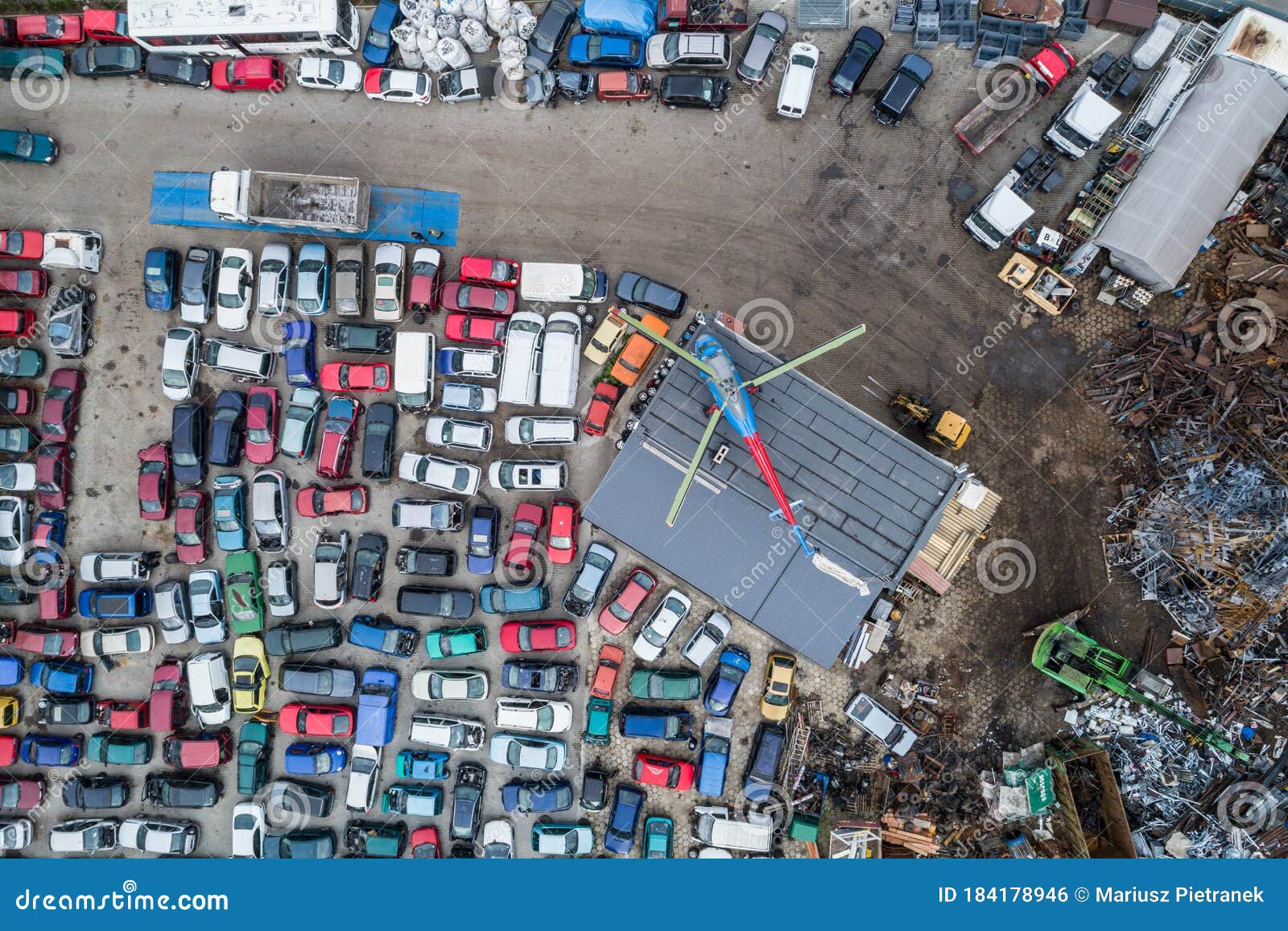From Trash to Treasure: Unveiling the Hidden Beauties of the Scrap Yard

The world of scrap yards may seem desolate and uninviting to the average passerby. Rusty vehicles, discarded machinery, and forgotten relics clutter the yard, forming a seemingly chaotic mix of discarded treasures. However, beneath the surface of this seemingly disorganized realm lies a hidden world of potential. Scrap yards, with their vast collections of metal, offer a glimpse into the remarkable transformations that can occur when creativity meets recycling. In this article, we will explore the captivating and often overlooked beauty that can be found within the scrap yard, focusing on the fascinating process of scrap car removal and the untapped potential that lies within these discarded vehicles.
Within the boundaries of the scrap yard, old cars take on a new life as they are brought in for removal. These once beloved automobiles, now worn and broken, undergo a careful disassembly process. Skilled technicians strip away the parts that are salvageable, categorizing and organizing them for reuse or sale. The process of scrap car removal not only serves as a means of disposing of old vehicles but also offers an opportunity for recycling and repurposing valuable components. From engines to transmissions, seats to wheels, an entire ecosystem of reusable parts can be scavenged from these unassuming shells. As the scrap car removal process unfolds, a story of rebirth emerges, illustrating the potential for rejuvenation hidden amidst the metal wasteland.
The Importance of Scrap Car Removal
Scrap car removal plays a crucial role in maintaining a sustainable environment. Discarded automobiles may seem like useless scraps, but in reality, they possess hidden value that can be unlocked through an organized removal process.
Firstly, scrap car removal helps to alleviate the issue of overcrowding in scrap yards. As more cars reach the end of their life cycle, these vehicles end up occupying valuable space that could be utilized more effectively. By removing these cars from the scrap yard, we create room for newer and more salvageable vehicles, ensuring maximum efficiency and productivity.

Secondly, proper disposal of scrap cars is essential to prevent environmental hazards. Abandoned vehicles can leak harmful fluids and chemicals, which can contaminate the soil and nearby water sources. By promptly removing these cars from the scrap yard, we reduce the risk of polluting our environment and protect the health of surrounding communities.
Lastly, scrap car removal contributes to the circular economy by promoting recycling and resource conservation. Many components of a car can be salvaged and reused, reducing the need for new materials and minimizing the strain on our natural resources. By extracting valuable metals and parts from scrap cars, we extend their lifespan and reduce the overall demand for raw materials.
In conclusion, the importance of scrap car removal cannot be overstated. From reducing overcrowding in scrap yards to preventing environmental pollution and promoting resource conservation, the systematic removal of discarded vehicles serves as a vital step towards a greener and more sustainable future.
The Process of Scrap Car Removal
When it comes to scrap car removal, a meticulous process is undertaken to ensure the efficient and environmentally responsible handling of these vehicles. From the initial inspection to the final disposal, every step is carefully managed to transform what might seem like worthless scrap into valuable resources.
The first stage of the process involves a thorough assessment of the vehicle. Trained professionals examine the car to determine its condition, identifying any salvageable parts or potentially hazardous materials that need special attention. This assessment helps in making decisions about the best course of action for the car, whether it can be repaired, dismantled for spare parts, or completely recycled.
Once the assessment is complete, the next step is the actual removal of the scrap car from its location. Specialized equipment such as tow trucks or flatbeds are used to transport the vehicle safely to a designated scrap yard. This ensures that the car doesn't cause any inconvenience or potential harm to the surrounding areas during its removal.
At the scrap yard, the car undergoes further processing. This involves meticulous dismantling and separation of various components. Valuable parts that can be salvaged, refurbished, and put back into circulation are carefully removed. These parts can include engines, transmissions, alternators, or even smaller components like door handles or headlights. The salvageable parts are then tested, refurbished if necessary, and made available for sale to individuals or automotive businesses.
After the removal of reusable parts, the remaining shell of the car is prepared for recycling. cash for cars includes the extraction of fluids like oil and coolant, as well as the draining and disposal of any hazardous materials such as batteries or airbags. Once all the necessary preparations are complete, the vehicle is sent to a shredder. In this final stage, the car is transformed into small metal pieces, which can then be sorted and sent for melting, ultimately being used as raw materials for manufacturing new products.
In conclusion, the process of scrap car removal involves a series of meticulous steps aimed at salvaging valuable parts, safely disposing of hazardous materials, and recycling the remaining materials. Through this process, the hidden beauties of the scrap yard are unveiled, showing how seemingly worthless vehicles can contribute to a sustainable and resource-conscious society.
Benefits of Recycling Scrap Cars
Scrap car removal and recycling offer numerous advantages, both for the environment and individuals seeking to dispose of their old vehicles in a responsible manner.
Firstly, recycling scrap cars reduces the environmental impact associated with the disposal of such vehicles. When abandoned or left to decay in junkyards, cars can leak harmful chemicals and fluids, which can seep into the ground and contaminate soil and water sources. By recycling these vehicles, we can prevent the release of pollutants and preserve our natural resources.
Additionally, the recycling process also helps to conserve valuable materials. Cars are composed of various metals, including steel and aluminum, which require significant amounts of energy to produce. By recycling scrap cars, we can recover these metals and reduce the need for new mining operations. This not only decreases energy consumption but also lessens the strain on finite resources.
Moreover, recycling scrap cars contributes to the reduction of greenhouse gas emissions. Carbon dioxide and other harmful gases released during the manufacturing process are considerably reduced when recycled materials are used instead. By utilizing recycled metals from scrap cars, we can help mitigate the negative effects of climate change.
In conclusion, recycling scrap cars not only benefits the environment by preventing pollution and conserving resources but also plays a crucial role in minimizing greenhouse gas emissions. Therefore, opting for responsible scrap car removal and recycling is a vital step towards creating a sustainable future.
